CREATIVE SPACES
Public space Private space
content
OUR ACKNOWLEDGE & RESPECTATION
PROJECT INTRODUCTION
SITE ANALYSIS
DISCOVERING & DEVELOPING FORM & SHAPE
DESIGN RESEARCH
PROGRAMME GENERATING
AXONOMETRIC & MATERIAL
INDIVIDUAL PROGRAM INTRODUCTION CLIENT PROFILE
PROGRAM
DESIGN ELEMENT
LOGISTICS
RESPECT FOR INDIGENOUS CULTURES IN AUSTRALIA
We would like to acknowledge that we are working, creating, and designing on Wurundjeri Woi Wurrung Country. We would like to pay our respects to the elders past, present and emerging who are the traditional owners of this land as well as to all Aboriginal and Torres Strait Islander people. We recognise their deep spiritual connections to community and land and try to be mindful and respectful of the knowledge that they share with us about the built environment on the country that always was and always will belong to the people of the Kulin Nation. We would specifically like to acknowledge the significance of the Birrarung to the people of the Kulin Nation as not only a food source and gathering space but also a place of creativity, building, culture and spiritual importance.
LIMINAL TIES LIMINAL TIES LIMINAL TIES
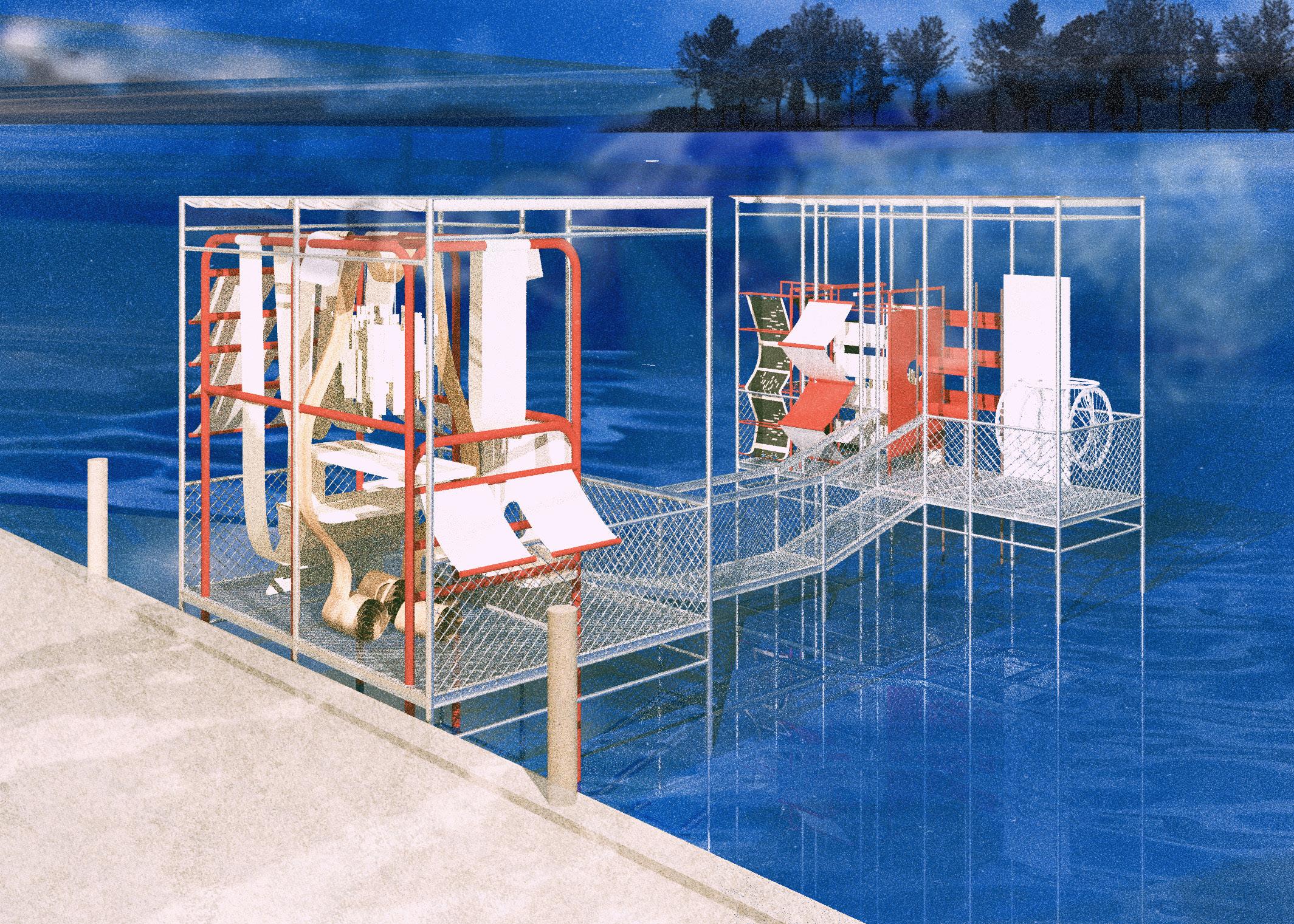
PROPOSED PROJECT LOCATION
Our site lies on the Birrarung river, on the lower terrace of the. Birrarung Marr. Sitting directly over the river, influenced by the translation of river “Marr” meaning mist, we consider these historical connotations of site in relation to our art therapy space and practise.

Relating to both site and our personal manifesto, we consider these interpretations and connection to land as a dynamic and constantly shifting environment to which we are situated. We wanted to incorporate both the steps to the dock and the Birrarung Marr itself as vital to the access of our space itself, in considering the changing nature of the tides and river, with consideration of the history of the site which is invested in the man-made changes and natural elements.
As this location is already dynamic due to its central location, it attracts people from all walks of life, and a variety of activities take place all during the day and at night. This site enhances the team’s first-ever social endeavour by allowing countless possibilities for people to experience and engage our art therapy practice.
KEY VIEWS
South East
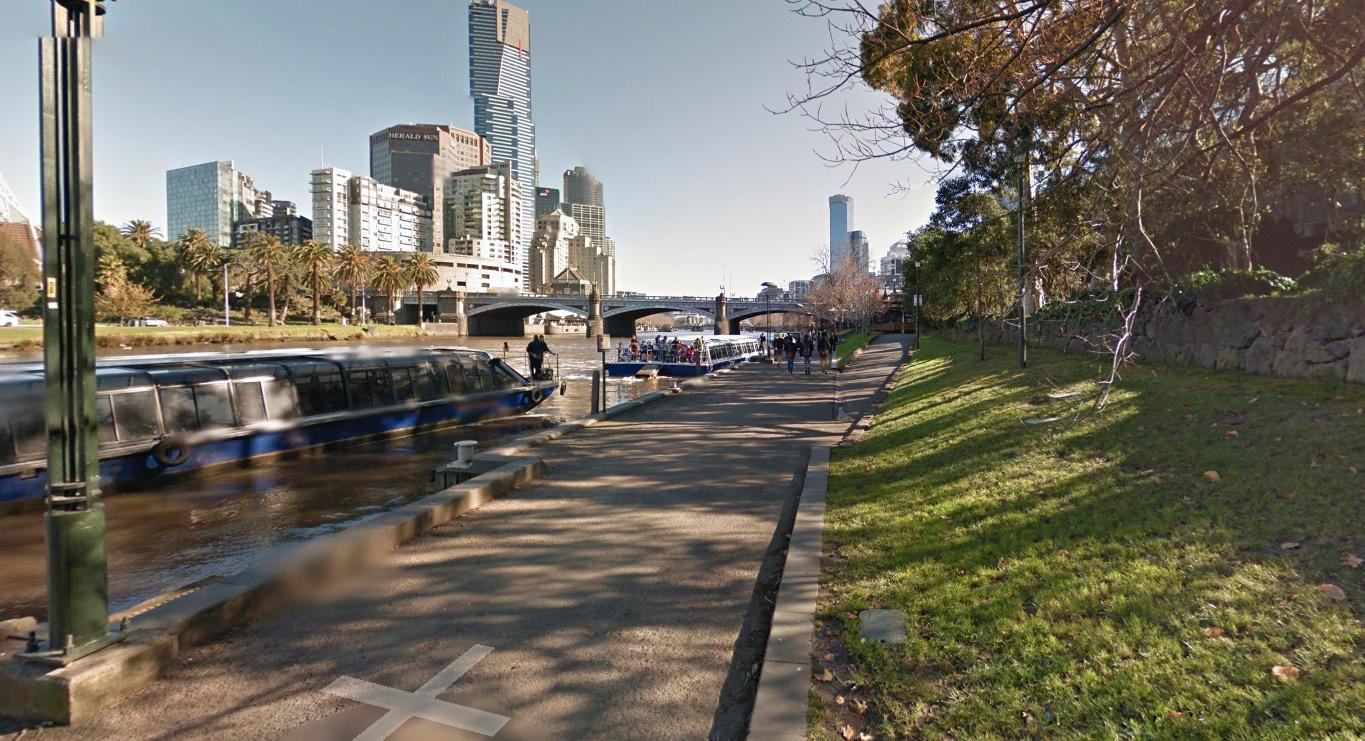

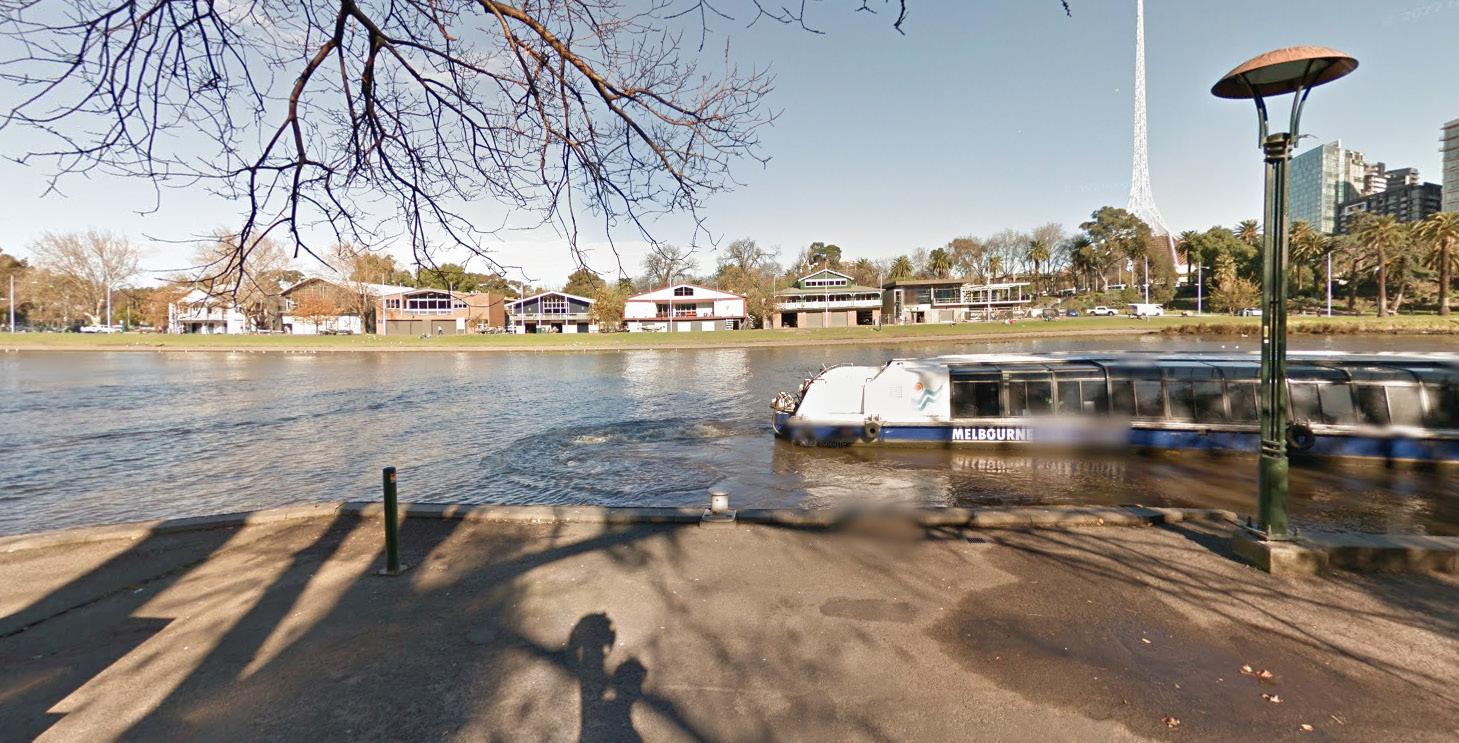
BIRRARUNG MARR SITE





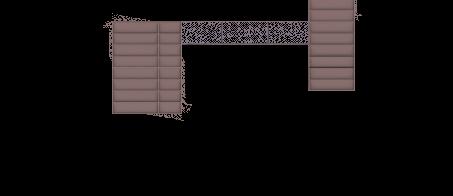


Discoveranddevelopexternalappearanceofthebuildingprocess
Building form identified !!!

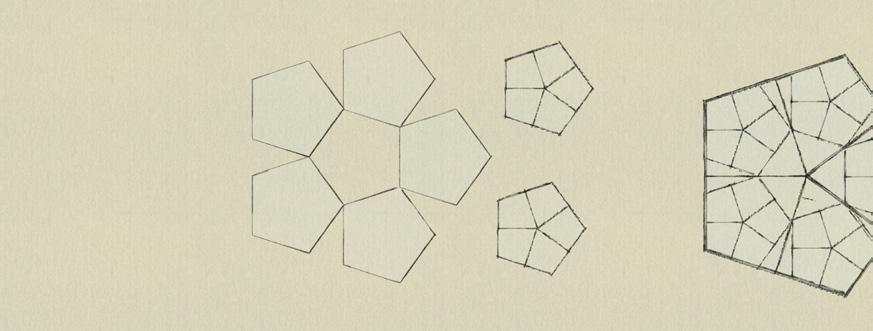

With Gestalt psychology in mind, our team decides to go back to the very beginning of our design idea, which will be two simple scaffolding shapes connected by a small bridge. The proposed design satisfies the requirements of the project relating to the limitation of area, as well as the issues that made us concerned before that relate to the temporary-based project, easy assemble and disassemble for other using purposes, availability of supply construction material
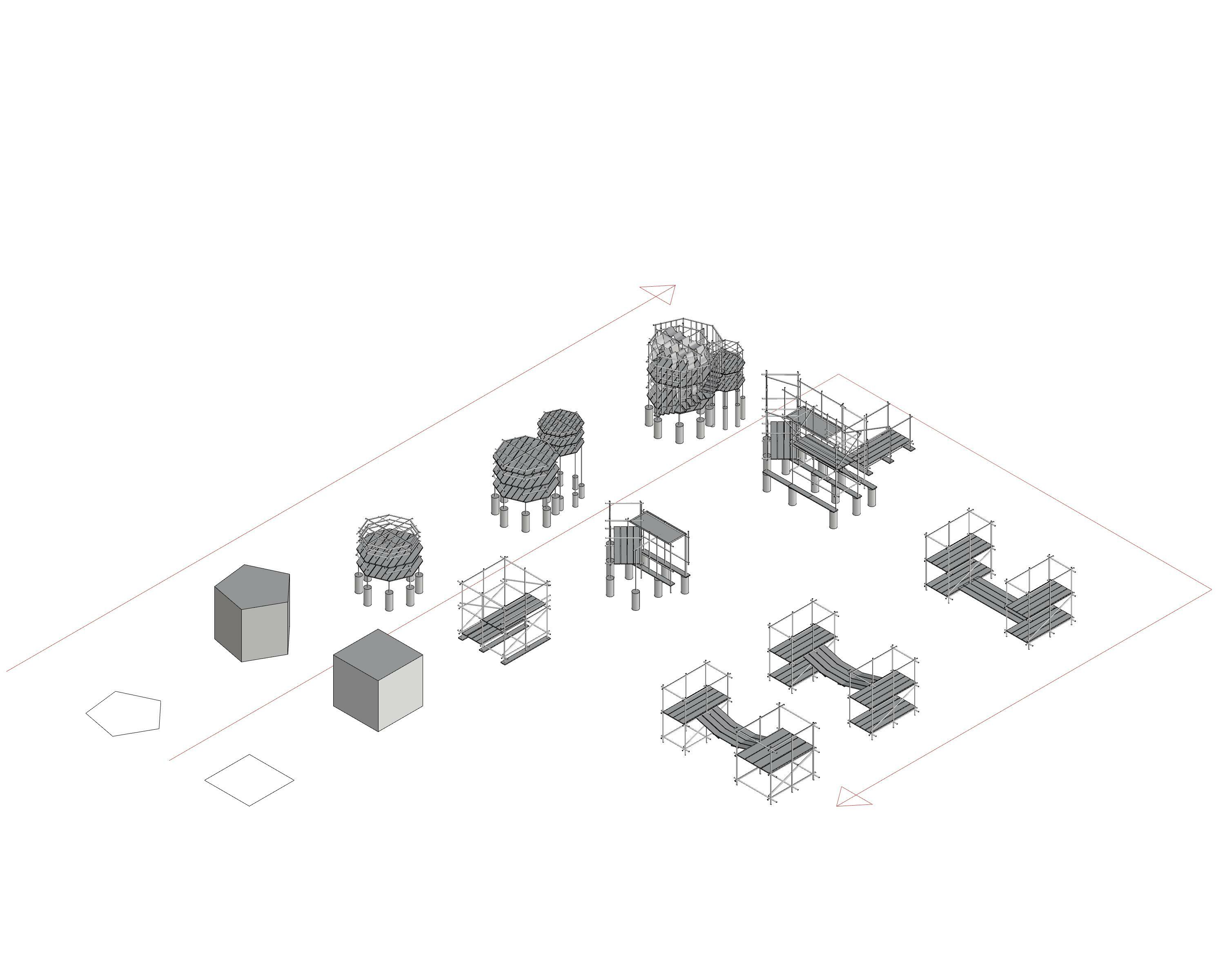
Throughout the weeks, we generated as many drawings as possible and came up with fresh design concepts that may answer previous design difficulties addressed by other group members or instructors, giving each of us the benefit of viewing things from multiple viewpoints.


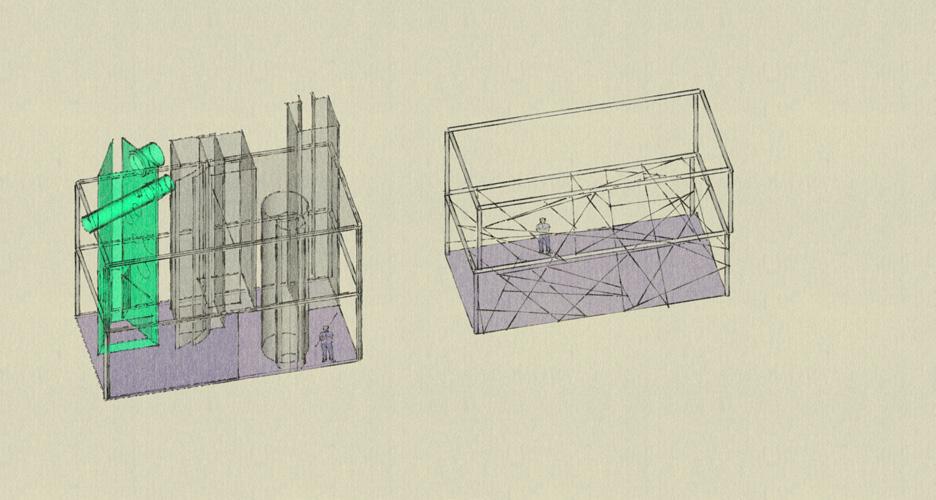

As the team’s main designer, I conducted extensive study on form and shape as part of the design process. In Francis D.K. Ching’s book Architecture: Form, Space, and Order, he mentions Gestalt psychology, which states that the mind will simplify the visual world in order to grasp it. We tend to limit the subject matter in our visual area to the simplest and most regular shapes given any arrangement of forms. The easier it is to see and interpret a shape, the simpler and more regular it is.
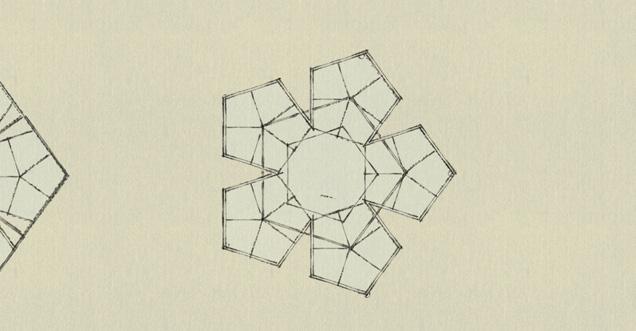
A raised steel walkway winds through courtyard by Rede Architects and Moguang Studio
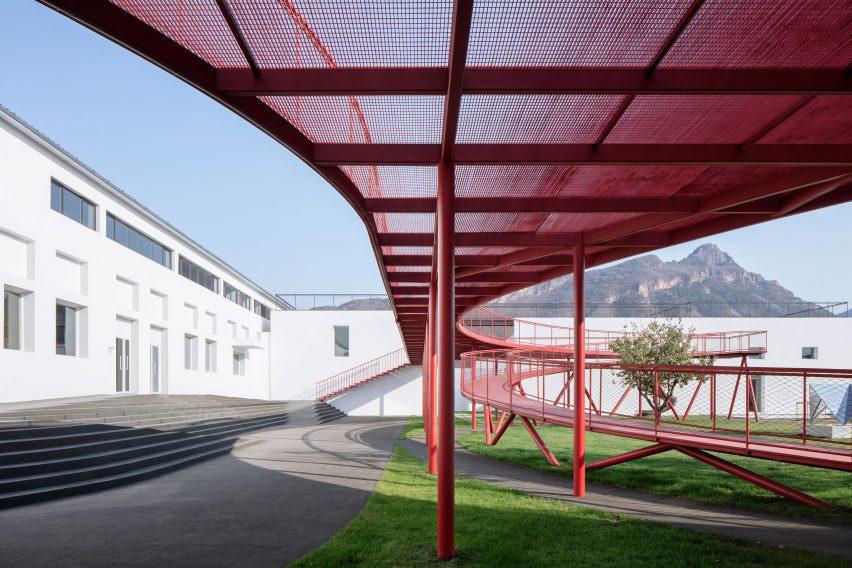
Steel mesh details are painted a bright yellow by Rede Architects and Moguang Studio

a floating pavilion in the sea by architects Elena Chiavi, Ahmad El Mad, Matteo Goldoni

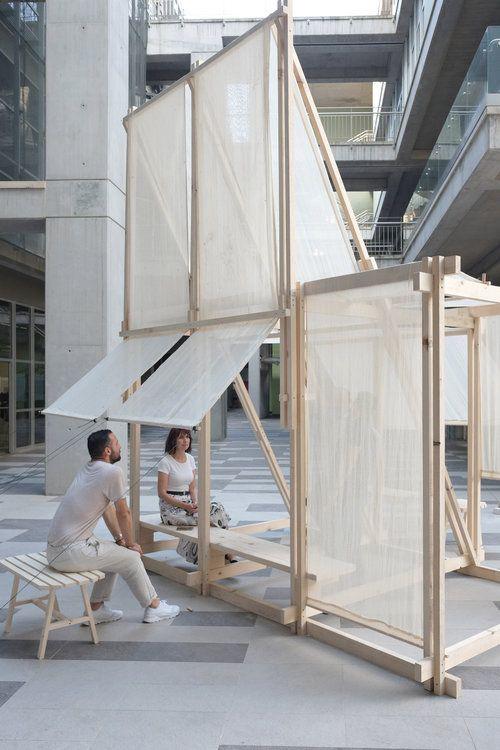
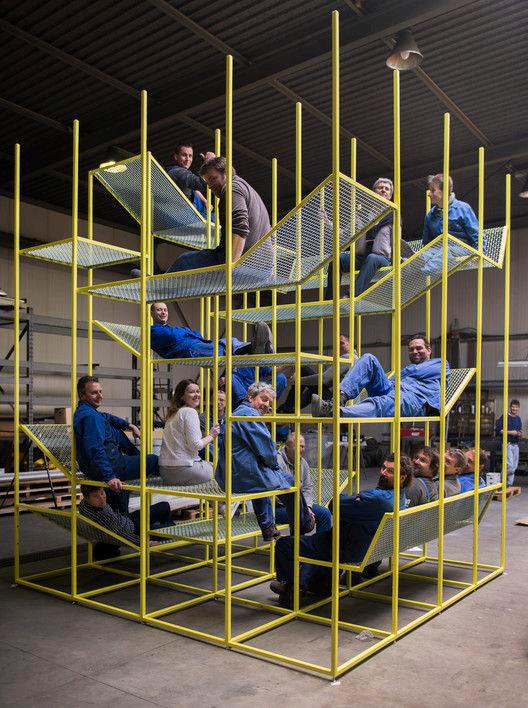
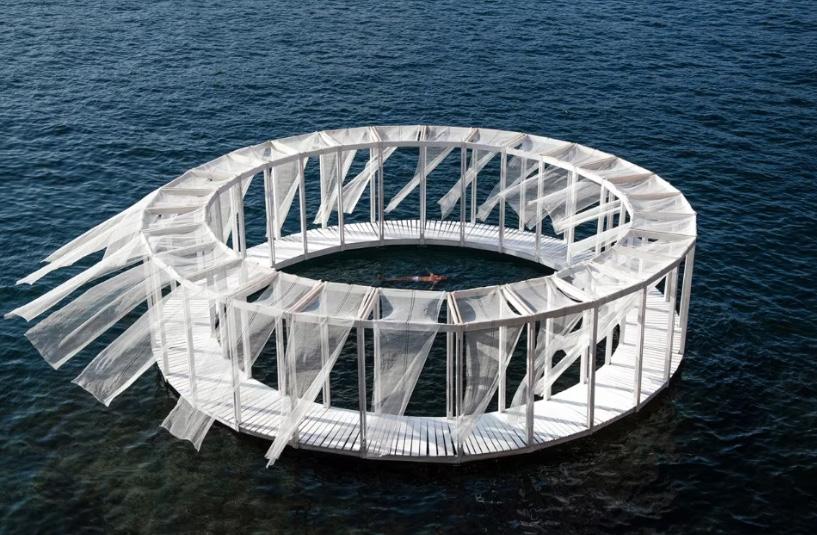

SOCIAL CONNECTOR - Liminal Ties
Liminal Ties is an interactive, temporary experience based on the concepts of art therapy , designed for the 2023 Rising Festival. From our research and interview with a qualified art therapist we came to discover that collaboration and community when artmaking are the most crucial elements in healing and expressing emotion. During the daytime, our creative connector will provide the opportunity for the public to move through an art therapy space, which will rotate through different art making practices following a program.
This will allow people to create, produce and then interactively transform the space as they physically construct the structure by displaying their work in unique ways. After dark, our space will light up to exhibit the day’s work to viewers who can admire the art from land.
THE RISING FESTIVAL
Rising is a contemporary cultural festival that celebrates artists, musicians, performers and other creatives through exhibitions, installations and other events.
The experience begins in June on the first night of Winter and runs for 12 days, showcasing both ticketed and free events for the public.
The festival is funded by the Victorian Government.
For artists to be eligible they must an Australian artist/creator or be based in Australia and the selection panel are searching works that display strength of creative vision, an idea for an outdoor project of any scale and an original idea. The main focuses of the festival are on site specific performance, large scale public art installations, music and ceremony.`

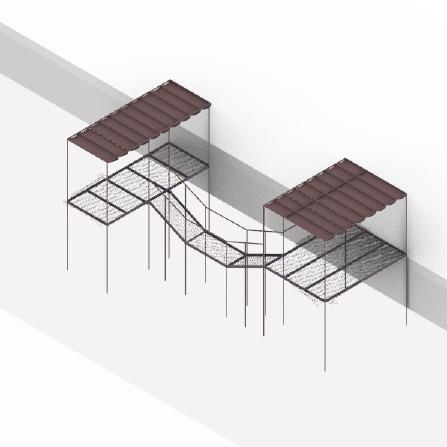
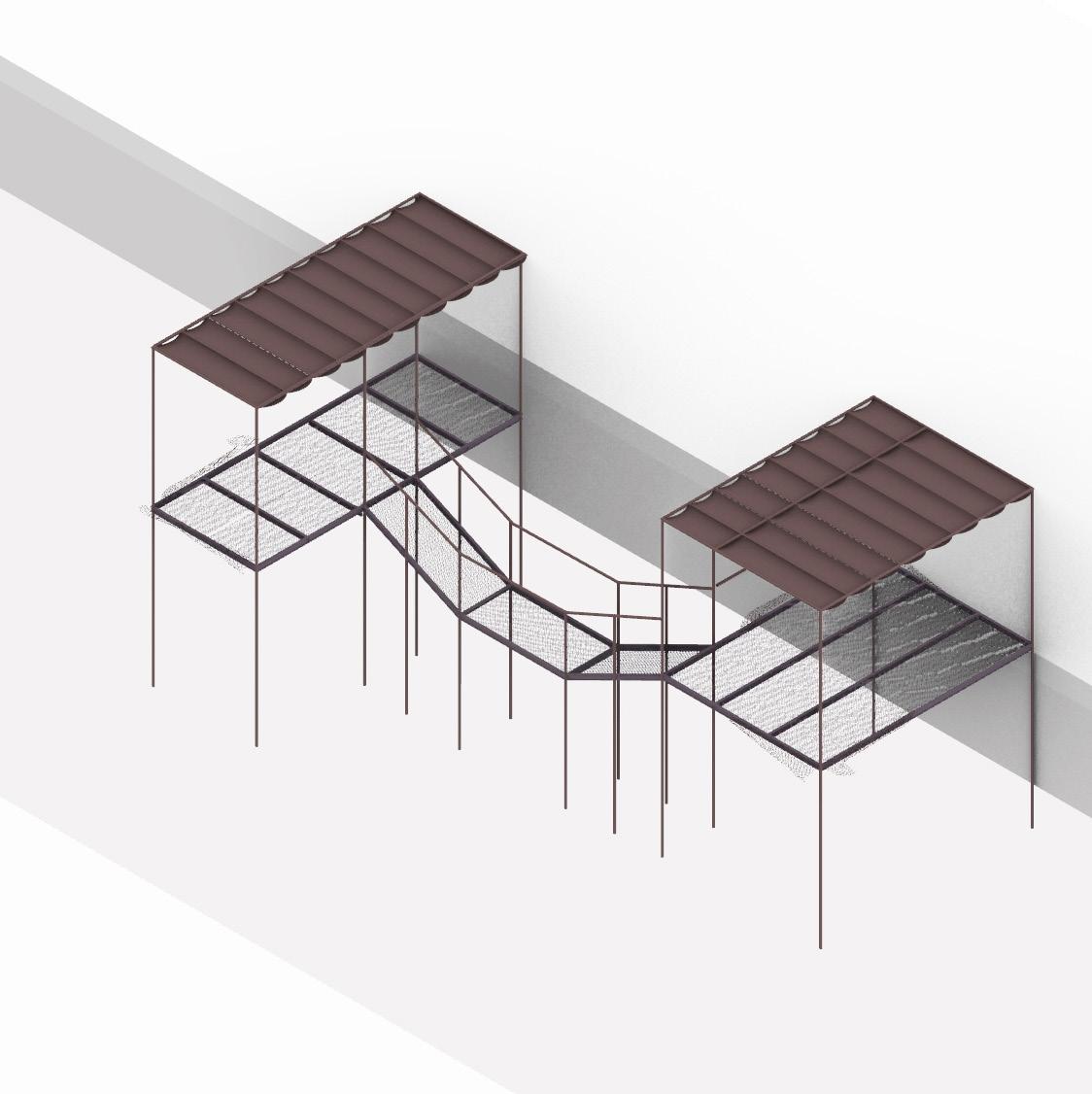
TEMPORAL - TRANSITION - TRANSFORM
The programs take place on Platform A, the LIMINAL space where the public can enter our structure and initially produce a work of art. For the entire span of the Rising Festival our creative installation will also have a space specifically designed to display the creations produced by people during their art making. This space, Platform B, is purposefully designed to allow the creative works to physically become the structure as they intertwine, attach and reform the existing structure.
A

PLATFORM
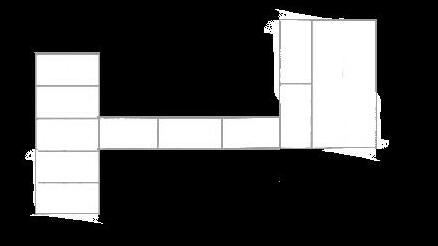
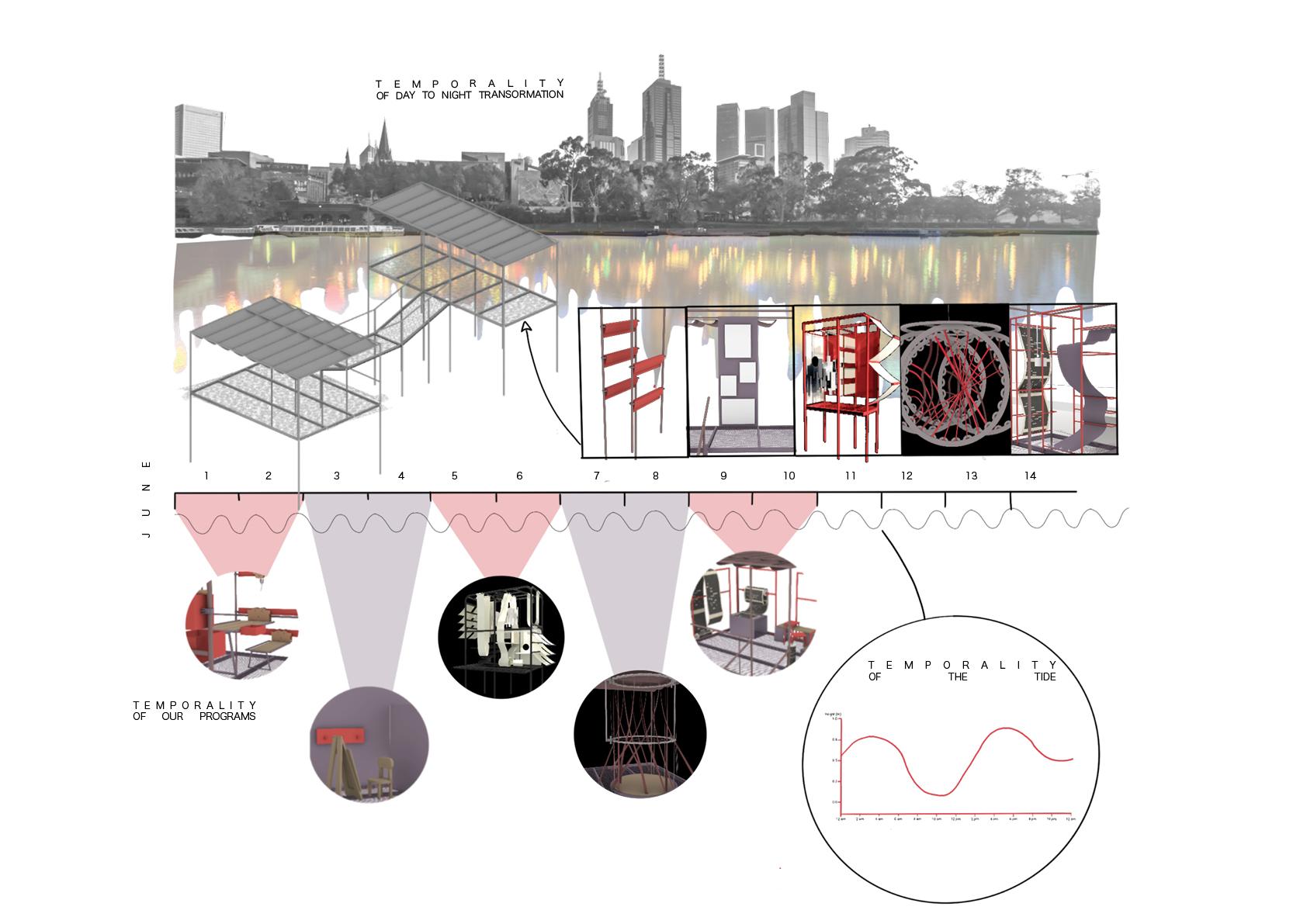
The roof structure is hung with translucent material allowing sunshine to shine through.

TEMPORARY PROGRAM PHYSICAL MOVEMENT
DAY 5 + 6 5th – 6th JUNE movement is a key aspect create physical reflections
The steel bridge lowers down in the middle to provide separation when the water level rises.
The scaffolding structure is built with steel tubes set by couplers and it is easy to assemble as well as disintegrate & provides higher safety standards
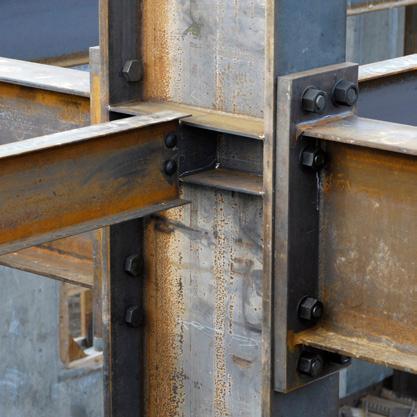
Stainless steel woven wire mesh provide strength, aesthetic appeal and matching to overall structure

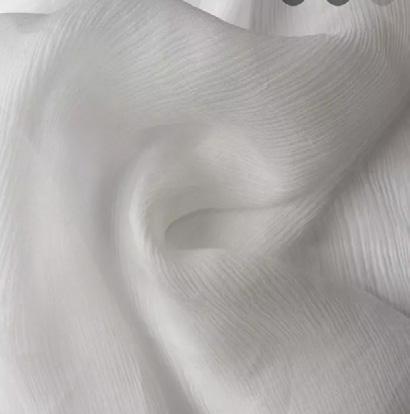
I beams structure provide the unidirectional bending behavior of them is one of their best unique properties
Steel pipe columns is a vertical structure member to provide essentials support to structure
The concrete footings are pouring underwater in the tremie method

DURATION
of art therapy practise, allowing clients to of their emotions and concerns.
EXHIBITION SPACE PHYSICAL MOVEMENT
CONSISTENCY ADDING WORKS FROM DAY 5 + 6 5th – 6th JUNE artworks created by everyone will be combine and display in exhibition space.

LIMINAL TIES PROGRAM
Liminal Ties spans across a 12-day period during the RISING FESTIVAL and will rotate between five different programs, each utilising the space for two days.
DAY 1 + 2 1st – 2nd JUNE
COLLAGE MAKING – collaging is an integral practise in art therapy, providing an opportunity to intuitively use one’s hands to create an artwork that reflects and expresses their subconscious emotions and thoughts.
DAY 3 + 4 3rd - 4th JUNE
PAINTING – painting is one of the most common art therapy activities, allowing one to use not only the visual element of deliberation yet also the physical actions of movement in creating and art making that can be reflective of deeper inner emotions
DAY 5 + 6 5th – 6th JUNE
PHYSICAL MOVEMENT – movement is a key aspect of art therapy practise, allowing clients to create physical reflections of their emotions and concerns.
DAY 7 + 8 7th - 8th JUNE
TEXTILES – creative therapy using textiles and weaving techniques provides an opportunity to explore new materials and allow emotional expression by igniting one’s tactile and visual senses.
DAY 9 + 10 9th - 10th JUNE
POETRY – poetry as a form of art therapy is a unique method to allow art making and emotional communication through literature and encourages creative practise through community.
ART THEORAPY
PHYSICAL MOVEMENT - Introduction
Liminal Ties is an interactive, temporary experience based on the concepts of art therapy , designed for the 2023 Rising Festival. From our research and interview with a qualified art therapist we came to discover that collaboration and community when artmaking are the most crucial elements in healing and expressing emotion.
During the daytime, our creative connector will provide the opportunity for the public to move through an art therapy space, which will rotate through different art making practices following a program.
This will allow people to create, produce and then interactively transform the space as they physically construct the structure by displaying their work in unique ways. After dark, our space will light up to exhibit the day’s work to viewers who can admire the art from land.
PHYSICAL MOVEMENT - concept explaination
As part of the whole picture of the program, Physical Movement roles as a brainstem part of the brain that deals with necessary means of survival such as blood pressure, heart rate, and consciousness
So the way my client - the art therapist responds to the program is she will hold her sessions in a collaborative environment where anyone from the public can join, draw, and paint. That also explains the name Physical Movement. In the design, I aimed to tricker the exercising for people when they could figure out the position they to sit, lay or stand, and focus on the emotions and thoughts that arise in the process of drawing occurred in the session.
In the space, everyone can making their own interaction. The interactions are not necessary with other people but could be the interaction within their mind or the environment or surrounding. For example, when people starts to use aggressive brush strokes whilst painting, a therapist could address this movement about the client’s mentality and emotions to encourage a discussion.
My client, an art therapist, and I both believe that there is something very special about the relationship between mind and hand, thus we finalised the proposal to that notion. When someone draws, paints, or sculpts. I believe they have access to a region of their brain that is normally hidden away. It’s as if all of the thoughts and ideas that have been swirling about in their heads have finally given form. It’s not just about the finished result; it’s about the process of representing what’s in their subconscious. It’s cathartic and liberating, and my client-the therapist will assist clients in identifying the way that will serve as their outlet for expressing themselves.
* About her * Age : 29
* Personality *
introvert extrovert thinking feeling sensing inuition judging perseiving
* Hobbies *
Crafting and upcycle old things
Photography ( people and natural features particularly)
Volunteering
Play guitar Dancing
Traveling
She is a community facilitator and a licensed Arts Therapist (BAP) and also a practicing multi-disciplinary artist. She mostly works with grownups. She works with people who are going through social, emotional, mental, and identity transformations and issues. She facilitates a process that helps people to give form and meaning to life events and issues that are often difficult to articulate. She assists her clients in gaining fresh views, resolves, and comprehension of their inner and exterior environments. Her method is to provide a safe and immersive environment for exploration, unboxing, testing, and resolution. Along with visual art processes, she invites people to engage in mindfulness techniques, bodily awareness, narrative therapy, and parts work. She employs a person-centered therapy partnership, valuing and validating lived experience. She also directs people to further understand themselves and ask themselves questions to bring alternative points of view to genuinely make people heal themselves from the inside

* The story behind her carrier *
“ Years ago. When a close friend, Cindy H, was afflicted with a terminal disease, I became interested in arts therapy. We were both 21 years old at the time. We painted together because we didn’t know how to assist her or myself at this tremendously distressing and discombobulating time in our lives. Every Saturday night, I’d go to her place and we’d paint, play, and laugh. I recall numerous evenings when we were laughing so hard that we cried. During her time here, she really did a lot more visual arts. I had no idea I was conducting a therapeutic creative process with her and myself at the time. I may not have had the skills, theory, or experience at the time, but a simple art-making invitation opened up a world of creativity, discovery, and expression. It is also the purpose given to me by life to help and assist individuals in developing their inner conscious and subconscious relationships and living a more meaningful existence.
AND THAT WAS A STORY OF WHAT BROUGHT ME TO ART THEROPY!”
“Hi, I’m Ivy Wang. I’m a membership of Australian, New Zealand and Asian Creative Arts Therapies Association”
* Her frustration *
- childhood violence, trauma, or neglect - loneliness or social isolation
- prejudice and stigma, such as racism, socioeconomic inferiority, - poverty, or debt - bereavement
- long-term or severe stress - having a long-term physical health problem
- unemployment or job loss
- homelessness or substandard housing
- becoming someone’s long-term caregiver
- adult drug and alcohol abuse, domestic violence, bullying, or other forms of abuse
- experienced substantial trauma, such as being involved in a serious incident in which feared for life or being the victim of a violent crime.
* Skills she bring to this Project *
- employment experience in a suitable sector of the arts
- a nonjudgmental mindset
- the capacity to connect with individuals from all walks of life - a significant interest in or knowledge of psychology - imagination, intuition, and creativity
- the capacity to deal with delicate and challenging topics
* Her goals on this Project *
She’s aiming :
- to build ties with other practices that have the same desire to help individuals suffering. - share experiences, methods, and practices, and listen to others.
- to provide a space for all individuals to celebrate their cultures and backgrounds.
- to create a space where individuals may express both the good and the terrible, directing them to the positive and the good. - to work as a community to create a the place where support and goals extend beyond individual needs.
- to dispel racial stereotypes or prejudices towards migrants
- to provide treatment in general, and art therapy in particular, at no cost to more people, assist them in identifying the advantages of the treatment, and assist them in participating in weekly sessions as required.
key elements

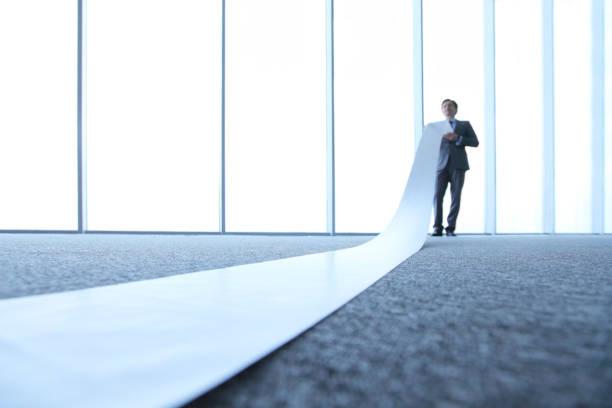
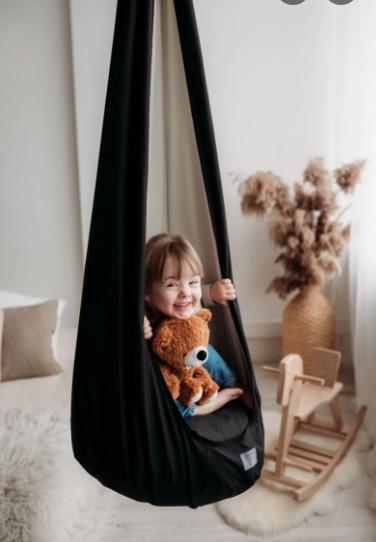
stair & seatsstructure frame

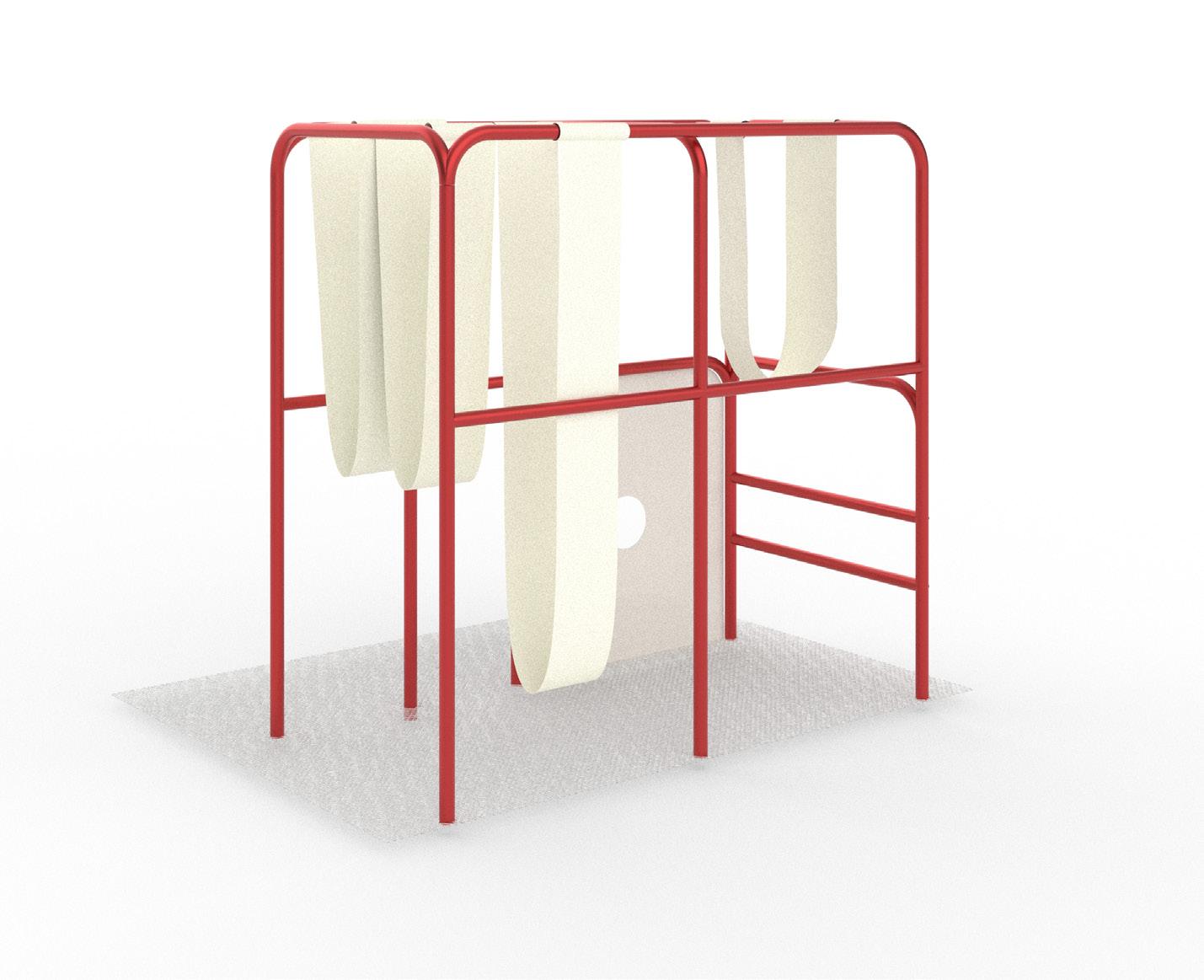
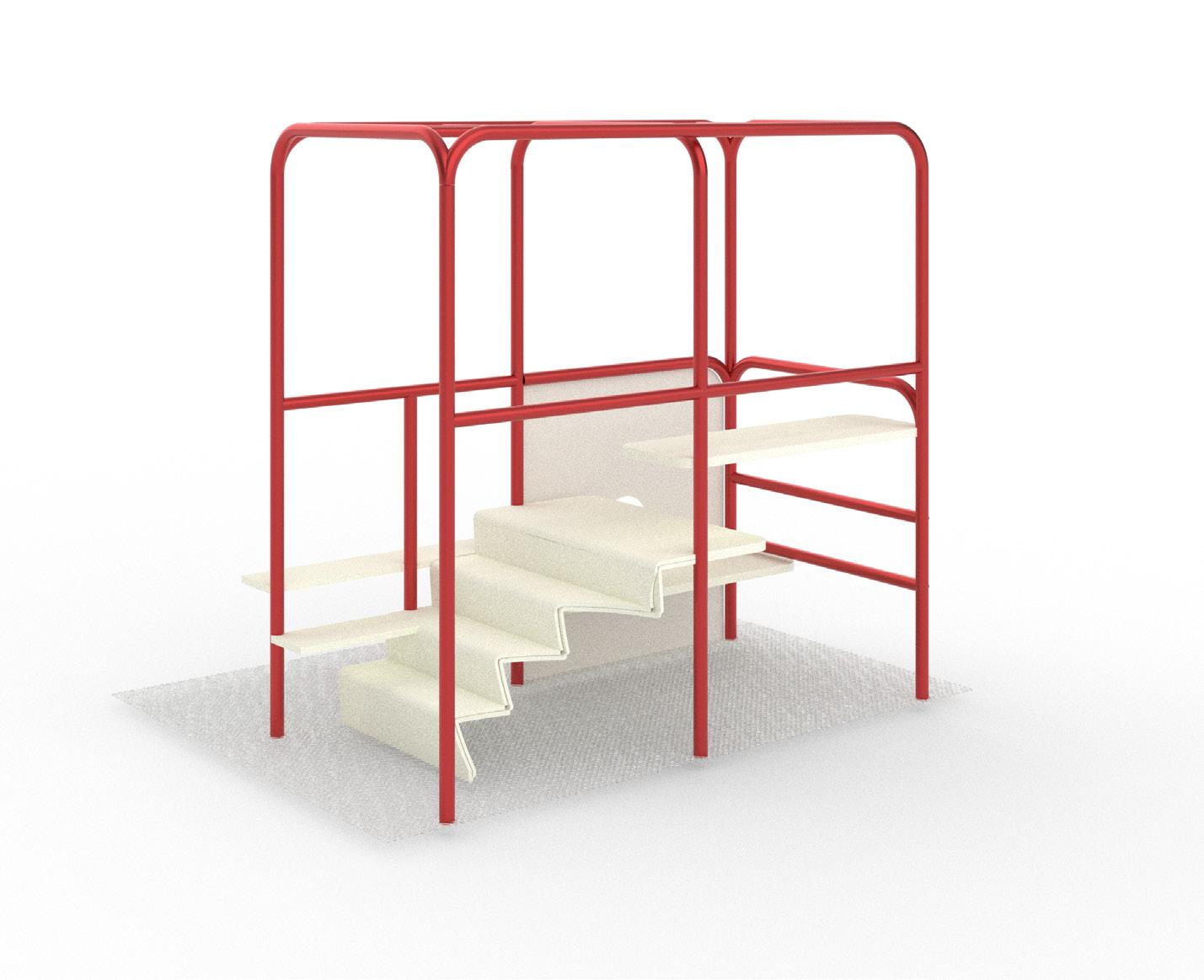
hanging papersswings

generating interaction
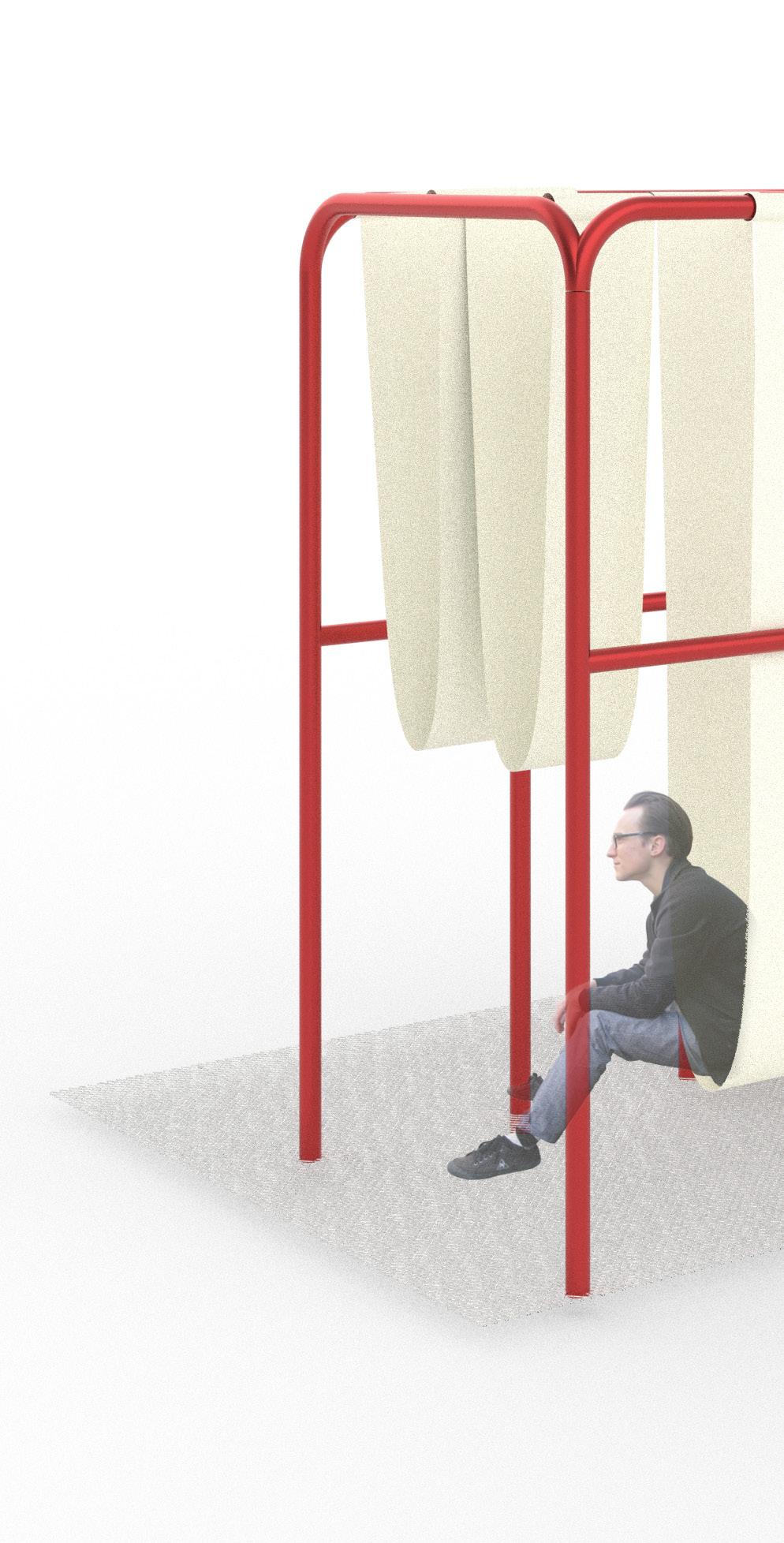
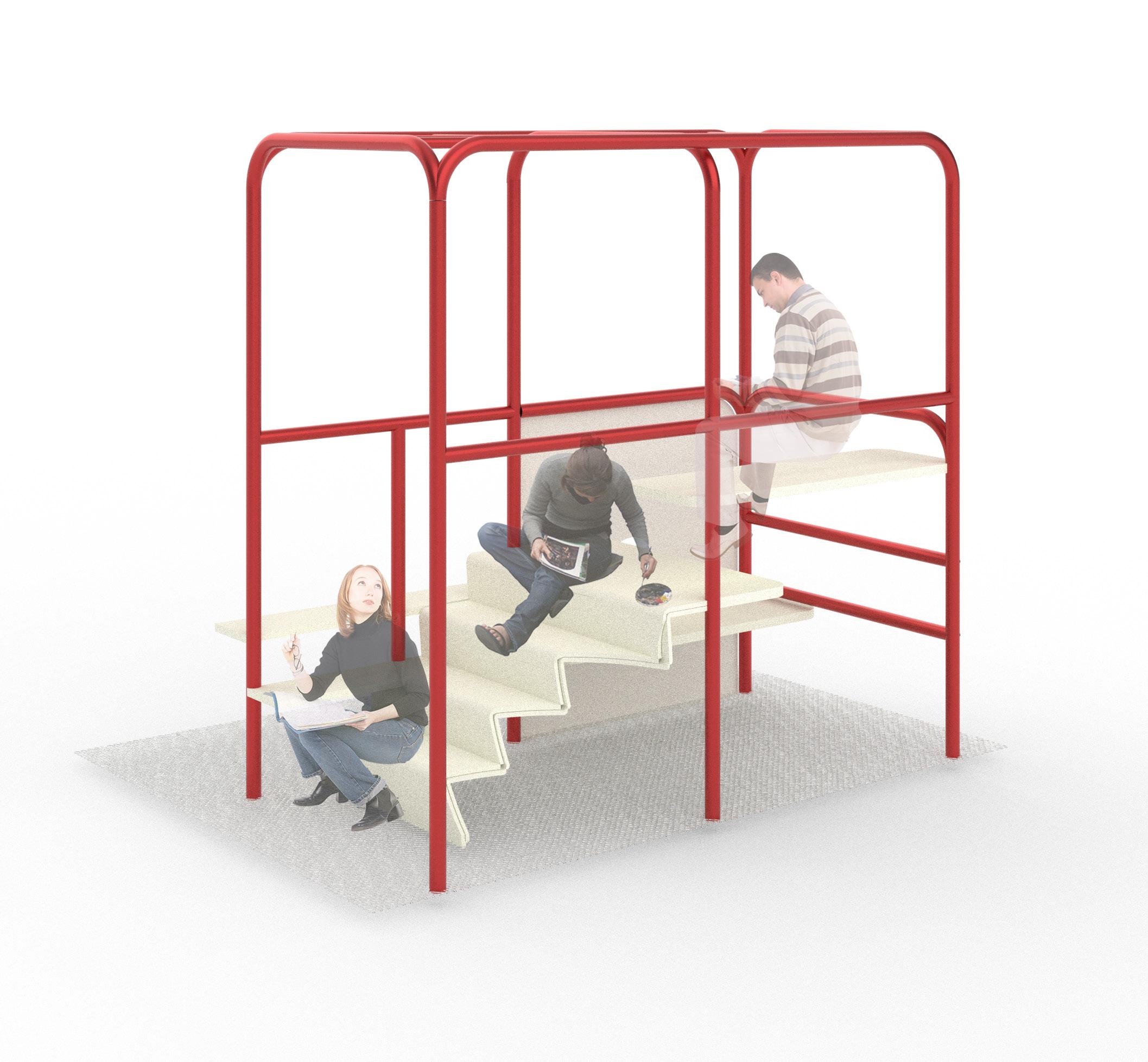
sit and sketch in various locations choose laying, sitting, or standing in conjunction with painting to generate a variety of interactions draw with various materials and surfaces, focusing on reality through hearing, seeing, and smelling putting everything into space through lines and forms in its conscious and subconscious form.
healing
approaching their own consciousness
healing process
consciousness and subconsciousness
desired outcomes
approach situations from a place of acceptance and awareness -> to improve your understanding of inner self and emotions.
connects the imagination to the body -> to allows the expression of feelings that can’t be expressed in words.

use art to represent the emotions, giving forms and shapes to what is in the subconscious -> changes in brain patterns reflecting a calm, focused state of attention, also more developed gray matter areas in the brain

the foundation of physical movement art therapy
I’ve previously studied design movements, and I reinterpret what I’ve approached during the process of finalising the design concept to fulfill the requirements of my client. I recognised there was a connection between the prior design movements I had engaged in and the project I was working on. The reference book I will give here is DADA, SURREALISM AND SCUOLA METAFISICA by Herschell B. Chipp relating to the background of the method pratices has been identified a decade earlier
The book explained that when all conscious mind controls were released, the magnificent and limitless universe of subconscious pictures might flow to the surface. The writer merely needed to shock himself free of the controls and then automatically record whatever ideas and pictures came to mind. The similar technique for the painter resulted in "automatic drawings." "It is not an issue of drawing, it is merely a question of tracing," Brenton once stated of Surrealism painting, implying that it was only a way of capturing the Visibcloen— figurations of pictures that resided in the subconscious.
related design movement SURRALISM
Surealist Technique
FREUDIAN FREE ASSOCIATION
Methodological approach based on SUBCONSIOUNESS
Exquisite Corpse 1926-7
Pen and ink, pencil and crayon on paper 36.2 X 22 .9 (14 1⁄4X 9) The Museum of Modern Art, NewYork
Andre Masson Nudes and Architecture 1924

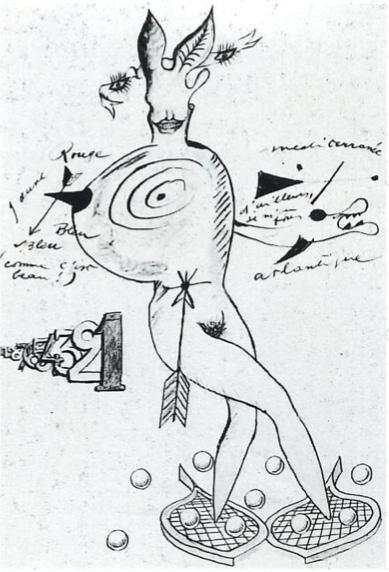
Oi l on canvas
7 3 . 7 X 9 2 . 1 ( 2 9 X 2 8 1⁄4)
Collection Mr and Mrs Nesuhi Ertegun, New York
In terms of the activities that will take place in the Physical Movement area, the Surrealist Design Movement’s documentation approach may be a useful technique for interpretation and explanation of meaning. A trace or index of an event, a record of a process or action can be described as a documentation technique.
Janine Antoni entered the history of modern art with her performance of Loving Care in 1993, and she has been there ever since. The comprehension of her act, in which she soaked her long hair in black dye and set about washing the floor, has been confounded by its first response, as with any relationship with history. Loving Care is notable for a sequence of black and white images that chronicle the event and are reminiscent of Hans Namuth’s photographs of Jackson Pollock working on an Abstract Expressionist artwork. The comparison is obvious; as a female artist, Antoni was imitating the process of creating an action painting and seizing a piece of territory formerly dominated by male painters. (She was also referring to Yves Klein’s usage of his models as paintbrushes, with the revolutionary distinction that in her performance she was both model and master.)
related design movement SURREALISM
Surealist Technique DOCUMENTATION
Methodological approach based on CONSIOUNESS
Janine Antoni Loving Care, 1993 Performance with Loving Care hair dye, Natural Black Dimensions variable Photographed by Prudence Cumming Associates at Anthony d’Offay Gallery, London, 1993

transparent material : Silk cotton, Unbleached Dyeable ( Organza silk + Cotton Fabric )
transparent material : Silk cotton, Unbleached Dyeable ( Organza silk + Cotton Fabric )
* Except for structural materials, every surface can be drawn or painted *
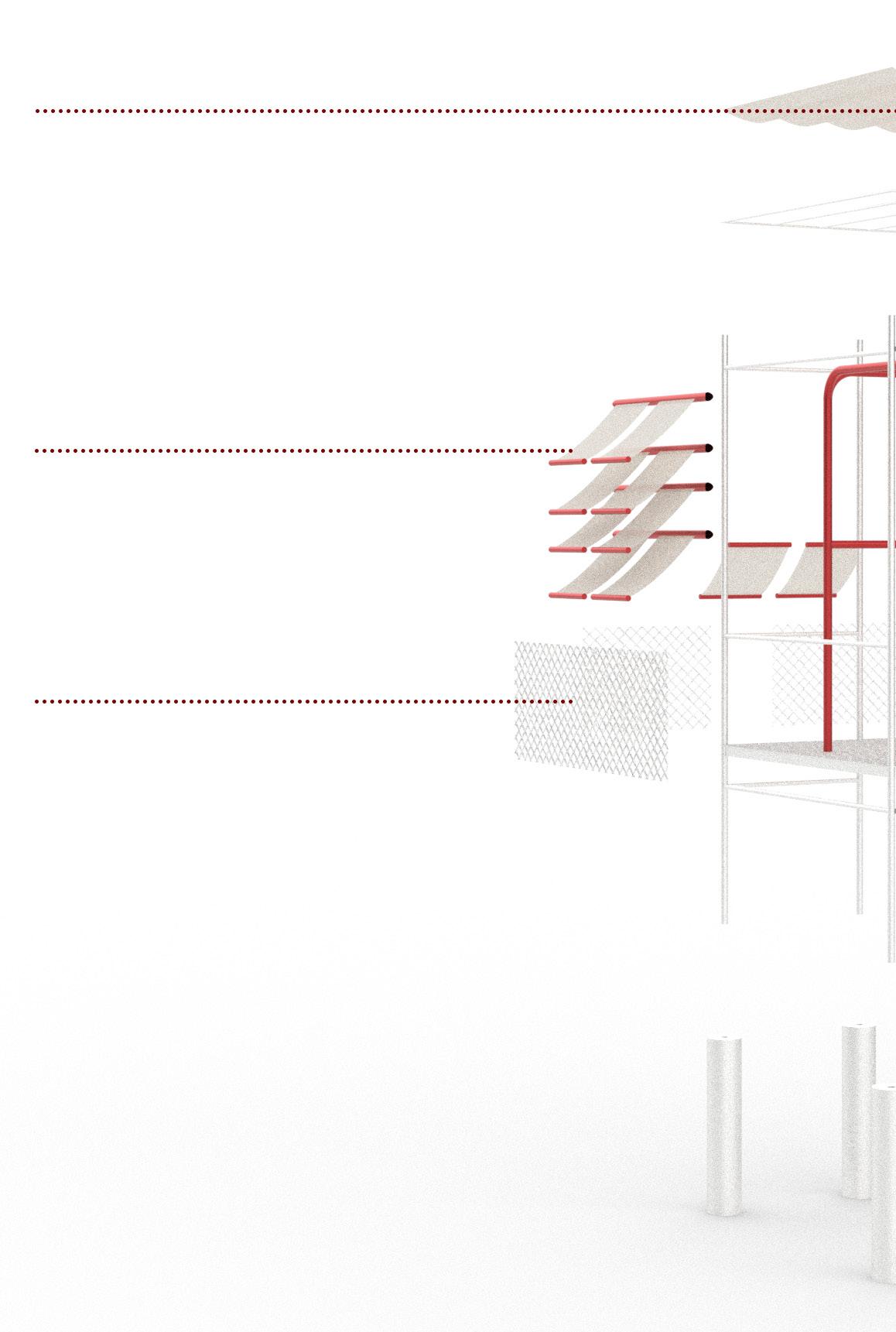
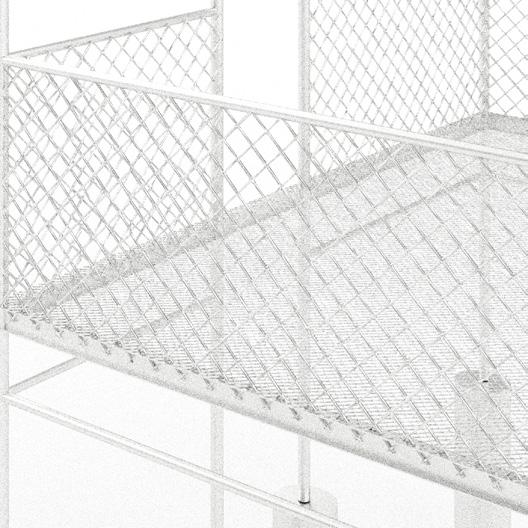
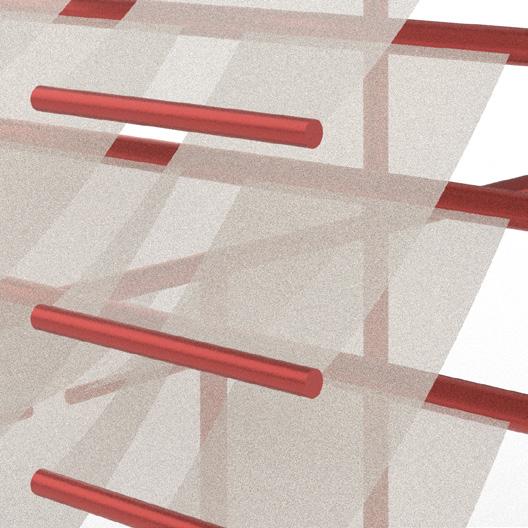

Blank canvas space
Steel hanger fabric rack
** The curvilinear shape of the internal structure signify femininity and are typically more inviting than squares or rectangles. Finally, because circles have no beginning or ending points, they are utilised to portray motion.
Steel hanger fabric rack
Vertical steel scaffolding structure

Steel pipe support columns
Poured concrete footings
SKETS LIGHTSKETS LIGHTSKETS LIGHT


Why light?

I chose light as the major design feature and the structure’s heart because I acknowledge the significance of light density in the spatial environment and its effects on human mood, also it influence on human mood and not space to interact with other elements in space. Moreover, since the Physical activity program will be held for a relatively short time, I want to take full advantage of the people’s day and night life in the city. That means people will be attracted by the light inside the structure to enter the space at night time.

Why red?
The glare from bright white light at night can leave people squinting and straining to see clearly. Red light is non-glaring, so it can help everyone see better at night.
The Skets Light’s construction is quite simple, and the structure and papers are simple to assemble and disassemble. The drawing paper will be attached to the light frame and will be removable to allow for the updating of the new drawing.

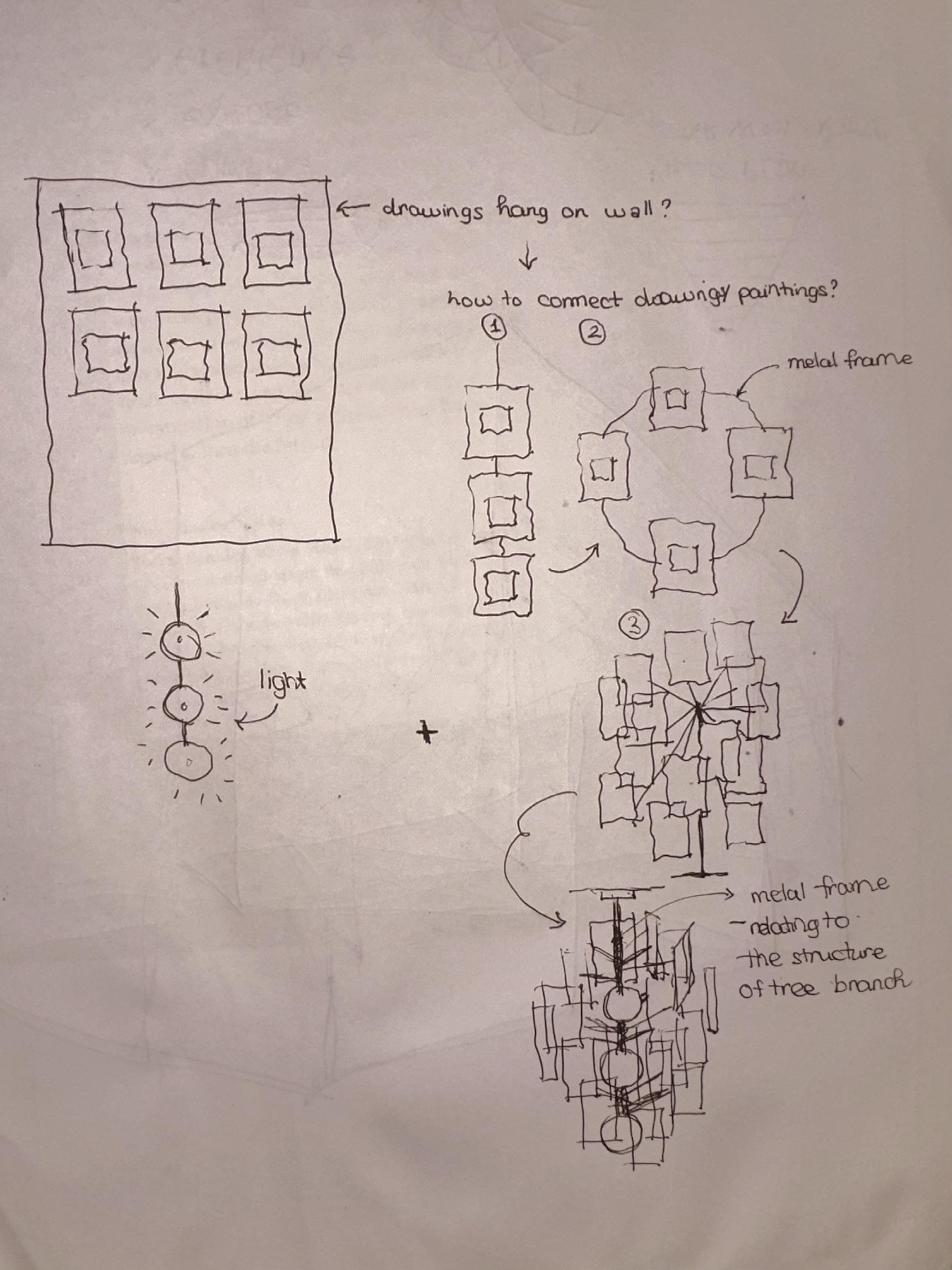

daytime

SKETS

nightime

SKETS
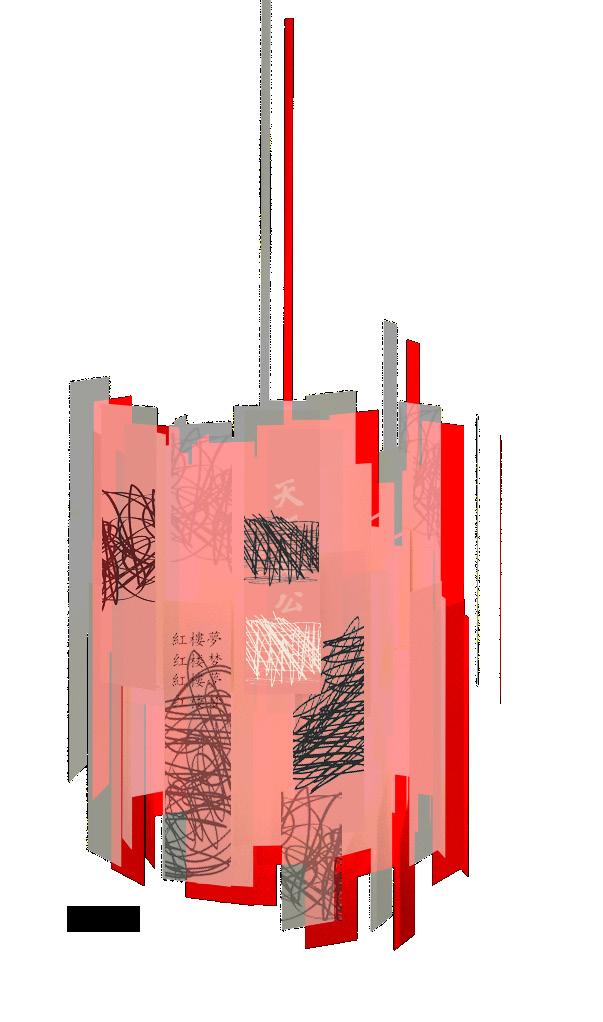
Communication and sharing technology
Synchronous Facebook messenger group texting and calling with/out video call (individual preference)
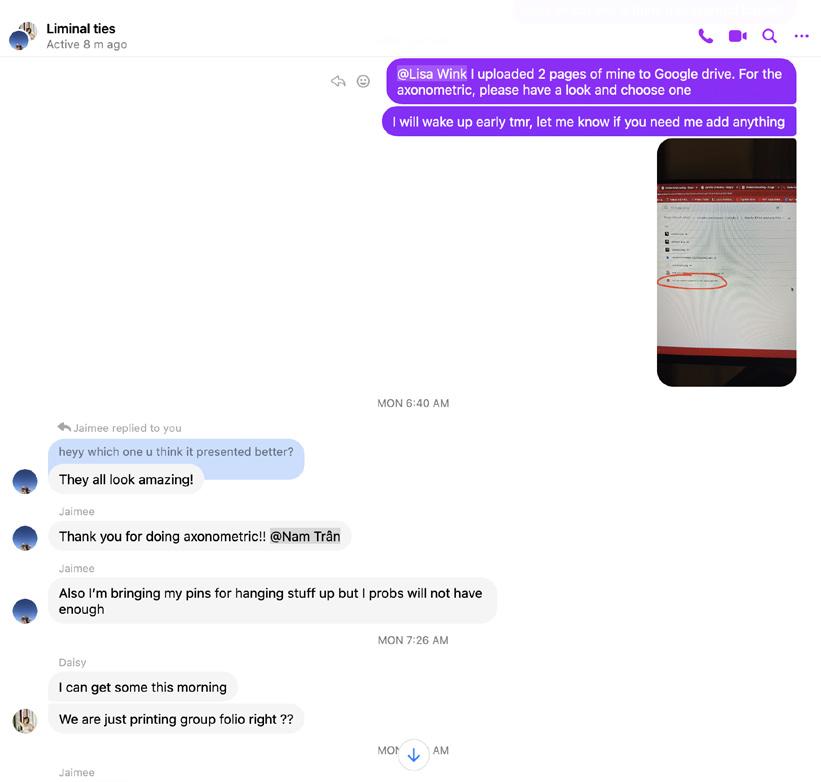
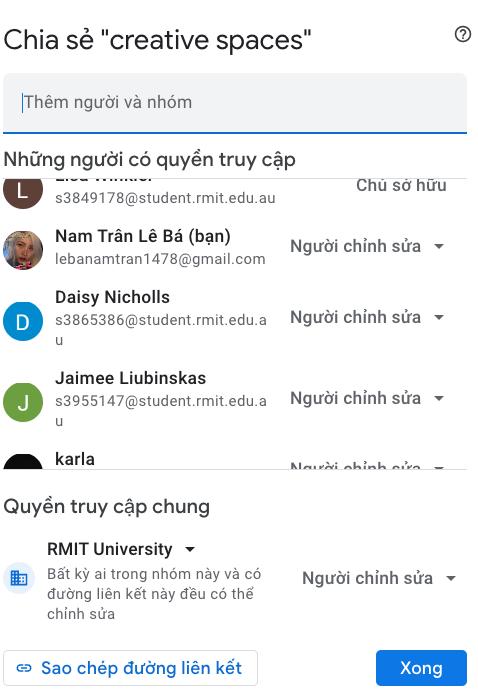
Group meetings in the design hub
Figma for sharing ideas and research

Google slides for presenting information
Group decisions
individual designers take initiative to allocate themselves to a certain task to complete based on strength and can make design decisions within that area as well as make design suggestions for other tasks.
group makes an overall consensus on ideas and compromises or amalgamates ideas when an agreement can not initially be found.
Constructive criticism and group countability
If a group member is unresponsive contacted after a week worth of the work task will most likely need to be shared remaining group members
Any design criticism needs to be constructive and politely delivered with suggestions
Any disagreements in the group are resolved through compromise

countability to being work their between constructive suggestions are to be
Meeting processes

Allocate one person each week to make an overall to-do list for the group
Each designer takes individual notes and clarifications on their weeks design component
Meetings comprise of no hierarchy group discussion. Consistent group check ins to see if each designer is on board with the design decisions
Group meetings are held at times and through means that aim for at the majority of the group to be to attend
Undertaking a group project on this scale was a challenge, particularly due to the fact we were all working from our own spaces and most of us haven’t met in person before. It was a really rewarding challenge. We took the idea of being isolated and focusing on community and flipped it to a time in the near future when we are reunited after the impact of the pandemic.
I had to learn to adapt to this type of learning. I found that I thrived in a group setting, partic- ularly when we were able to generate new and exciting ideas that shaped our project. Overall, I learned many new skills that I can apply in group collaborations in the near future such as scheduling calls, meeting group-set deadlines, and actively contributing and giving feedback.
